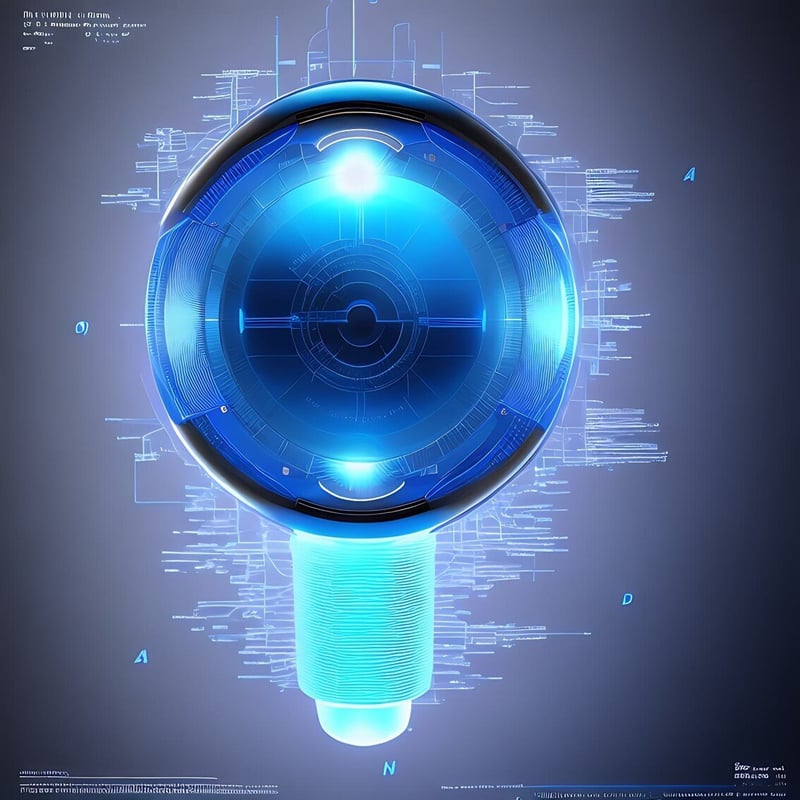At a glance: In the present blog series a guide on patenting medical inventions is provided. Part 6 deals with avoiding exclusion from patentability regarding a surgical step. If a claimed method is related to a surgical treatment there are certain constellations or rather remedies to avoid exclusion from patentability.
What’s the matter?
If a claimed method (implicitly or explicitly) comprises one or more surgical steps it is excluded from patentability.
Why is it important?
There are special constellations in which a claimed method that is related to a surgical treatment is not excluded from patentability, but certain arguments or claim wording must be provided to make the respective claim allowable.
What’s the critical point?
If the claim wording is not properly chosen the claimed method may be refused although there is subject-matter available that is not excluded from patentability.
What needs to be kept in mind?
It is important to identify said special constellations and to provide accordingly adapted claims when drafting a patent application in order to avoid exclusion from patentability.
Overview
The following flowchart provides some guidance for assessing whether a medical invention is excluded from patentability. Each step of the flowchart will be discussed one by one in the present series of blog posts.

In the previous blog post, surgical methods and surgical steps have been discussed (here). Surgical methods practised on the human or animal body are excluded from patent protection according to the German Patent Act (PatG) and the European Patent Convention (EPC)[1]. Just one surgical step suffices to qualify the method as surgical method[2]. However, there are special constellations in which a method that is related to a surgical treatment is nevertheless patentable.

When drafting a patent application for a medical invention that is related to a surgical treatment, it is thus necessary to determine whether one of the following special constellations is present: (1) the surgical step(s)/treatment is just a preparatory measure, (2) the method is only related to the operation of a device or (3) the surgical embodiment(s) can be disclaimed.
Step 3.1.1.1: Preparatory measure
If the feature(s) relating to a surgical treatment, i.e., the surgical step(s) are just a preparatory measure for the inventive method, said feature(s) can be omitted from the claim. In case the primary purpose of a surgical treatment or rather (implicitly or explicitly claimed) surgical step(s) lie in the treatment of a patient and not only in enabling the (remaining) claimed method the surgical treatment is a mere preparatory measure[3]. Such preparatory measure (i.e., the surgical step(s)) may be omitted from the claim, such that the remaining claimed method is not excluded from patentability.
In particular, in case objections are raised that the claimed method allegedly implicitly comprised one or more surgical steps it has to be carefully assessed whether arguments showing that the one or more surgical steps are just a preparatory measure for the claimed method can be provided.
Step 3.1.3: Operation of a device
If the claimed method relates only to the operation of a device, the claimed method has no influence or impact on the human or animal body and is thus not excluded form patentability. This is true for methods which are used during a surgical treatment, but which do not form said therapeutic or surgical treatment. There must be no functional link between the operation of a device and the effects produced by the device on the body[4]. In other words, there must be no inextricable link between the claimed method and the surgical (or therapeutic) treatment. In such case, the claimed method does not include a step of treatment by surgery (or therapy) but relates only to the operation of a device and is thus not excluded from patentability[5].
In particular, in case objections are raised that the claimed method allegedly related to a treatment by surgery (or therapy) it has to be carefully assessed whether the method eventually has no influence on the effects produced by the device on the body.
Step 3.1.4: Disclaimer
It is well-established case law that exclusion from patentability can be circumvented, if the non-patentable part, here any surgical-step or treatment, is validly disclaimed[6]. A very important aspect regarding disclaiming is the perquisite that the part that should be disclaimed, i.e., the non-patentable subject-matter, can be clearly distinguished / delimited from the remaining part, i.e., the patentable subject-matter. If the non-patentable subject-matter (surgical step(s)) cannot be separated from the patentable subject-matter, adding a disclaimer to the claim for disclaiming the non-patentable subject-matter introduces an ambiguity, since then it cannot be determined form the claim wording anymore what exactly is covered by the scope of the claim. In addition, the requirements of the European Patent Convention (EPC) and the requirements for undisclosed disclaimers established in G 1/03 and G 2/03 or the requirements for disclosed disclaimers established in G 2/10 must be fulfilled[7]:
Subject-matter of claim with undisclosed disclaimer must:
be clear[8]
be patentable and sufficiently disclosed[9]
disclaim non-patentable subject-matter[10]
not remove more than is necessary[11]
Subject-matter of claim with disclosed disclaimer must:
be (explicitly or implicitly) directly and unambiguously disclosed in the application as filed[12]
Case law example: Disruptive force cutter (T 1487/09)
Claim 29 according to the first auxiliary request read:
A method of imparting disruptive forces onto a target surface (57),
with the exception of such uses that comprise or encompass an invasive step representing a substantial physical intervention on the body of a human or an animal which requires professional medical expertise to be carried out and which entail a substantial health risk even when carried out with the required professional care and expertise […].

The target surface may i.a. be soft tissue of organs of the human or animal body. In order to avoid exclusion from patentability a disclaimer was introduced. The wording of the disclaimer was derived or rather copied from the definition of surgical methods in G 1/07.
However, the Board of Appeal found that merely choosing the wording of G 1/07 for the disclaimer doesn’t render the claim clear. It is not apparent to the skilled person which uses exactly are excluded from patent protection. Further, the description doesn’t allow for a clear delimitation of non-surgical applications from surgical applications, too. Consequently, the claim wording is not clear and concise, i.e., not in line with Art. 84 EPC and, thus, the disclaimer not allowable.
Summary
Although a medical invention is related to a surgical treatment, there are specific constellations, i.e., (1) the surgical step(s)/treatment is just a preparatory measure, (2) the method is only related to the operation of a device and (3) the surgical embodiment(s) can be disclaimed, where the medical invention can nevertheless be claimed in form of a method claim. However, specific claim wording while drafting or rather specific amendments and arguments during the grant procedure have to be provided.
Download
Here you can download a summary of the above blog post for your quick review.
[1] Art. 53(c) sentence 1 EPC, § 2a Abs. 1 Nr. 2 sentence 1 PatG
[2] G 1/07, Reasons 3.2.5
[3] Yes: T 992/03; T 836/08. No: T 923/08; T 2438/11
[4] G 1/07, Reasons 4.3.2
[5] Yes: T 0245/87; T 0789/96; T 699/12. No: T 82/93; T 1680/08; T 141/15; T 1075/06; T 944/15
[6] G 1/07, Headnote 2b, Reasons 4.2
[7] G 1/16, Reasons 43.
[8] G 1+2/03, Headnote 2.3; T 923/08
[9] G 1+2/03, Headnote 2.4
[10] G 1+2/03, Headnote 2.1
[11] G 1+2/03, Headnote 2.2
[12] G 2/10, Headnote 1a
Read the other articles on this blog series:
Part 1: IP Diagnosis: Is my medical invention patentable? Part 1 – Product or method? (berggren.eu)
Part 5: IP Diagnosis: Is my medical invention patentable? Part 5 – Treatment by surgery (berggren.eu)

